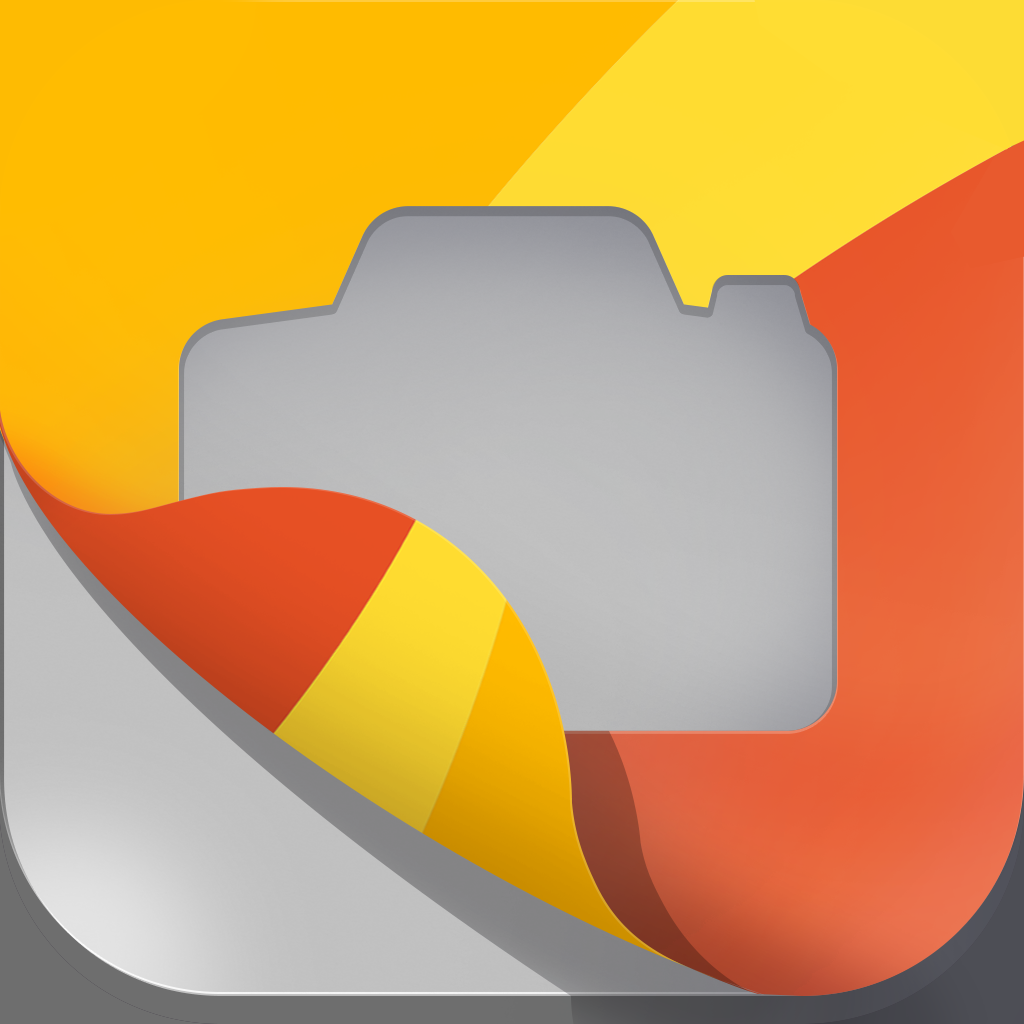

Make Your Photos Pop With Layrs

layrs (Free) by Artware, Inc. is a simple app that allows you to make multi-layer photos without any complexity. While there are many photo-editing apps out there, none of them really allow you to turn a single photo into one with multiple layers. That is, until now.
I love taking photos with my iPhone, but sometimes I do wish I was able to change the depth of field, or have some kind of effect to make it stand out more. While I’m sure that there are complete photo editing apps out there that allow the user to do this, there’s always a bit of a learning curve to it. I don’t necessarily want to take about 10 minutes to do this — I just want to edit-and-go, as that’s what mobile is for. And now, with Layrs, this is possible.

The app itself is simple enough, but there are optional little tutorial overlays that will show you the ropes. Still, I found it pretty intuitive after only a few minutes with it. The main screen of the app will have the two options for getting an image into Layrs: Photo Library or Camera. Regardless of which method you choose, Layrs will require that you crop it into the square format. I hope that this can be reconsidered in future versions, as I know not everyone is a fan of the square.
Once you move and crop the image, then you will be asked to select and mask the foreground of the image. Layrs uses their own special technology that can intelligently detect edges and makes masking much easier. Users will only need to slowly drag their finger around the screen to make the app detect the object and slowly fill it in — there’s no need to “paint” it, as you would in other apps. You can unmask the image by double tapping on a specific area or dragging your finger around from outside of the selection.
I found the masking technology to be quite impressive, and it definitely helps out with making your foreground selections. Of course, the smaller your object is, the harder it will be to accurately mask them in. I think this can be improved in the future by allowing users to zoom in on the photo for masking. For now, I recommend using larger objects as the foreground layer.
When the foreground layer is made, the next step is to edit the background, which is everything that wasn’t selected in the previous step. The background can be edited by adjusting brightness, contrast, saturation, and sharpen, where the strength is done through taps. There are also a wide variety of different filters that you can apply, ranging from ones that look like a typical filter, to retro ones like Dazzle or Fizzle, and even textures like pencil scratches or grunge. To make the background stand out even more, there are three blurring options: motion, focus, and radial. The strength for these are increased by one for each tap, and will reset after the maximum has been reached.

As the background has been perfected, it’s time to do the same with the foreground. Users can change the foreground’s effect, brightness, contrast, saturation, and sharpen strength, and add a blur to it. The real fun, though, is whether you want it to match up with the background or have it be completely unique and different, adding a nice pop to the overall image.
The last step is to save or share your new creation with others. The Share screen has the option to save directly to the Camera Roll, or you can add a caption (with a handy hashtag button if you’re into that) to share the story on Instagram, Flickr, Tumblr, Twitter, Facebook, or by email.
Layrs has settings, though the only option is to change the saving/sharing resolution from normal to high resolution. Of course, it’s set on Normal by default, so if you prefer having the maximum resolution for your pictures, then I recommend changing this before you save or share.
So far, I think Layrs is a pretty slick app for turning a single image into one that looks like multiple layers. I do prefer having adjustable sliders for changing the strength of effects rather than having to cycle through it all, so I hope that the developers can consider changing this in the future. I also want to see the masking tool be even more optimized — while it works well for the most part, sometimes it feels a tad unresponsive. It would also be great to have a way to zoom in and out while masking for smaller, thinner objects.
Still, Layrs is a free app that is certainly worth checking out for yourself. Even if it’s not something you are going to use daily, it’s still fun. Find it in the iPhone App Store for free.
Mentioned apps












